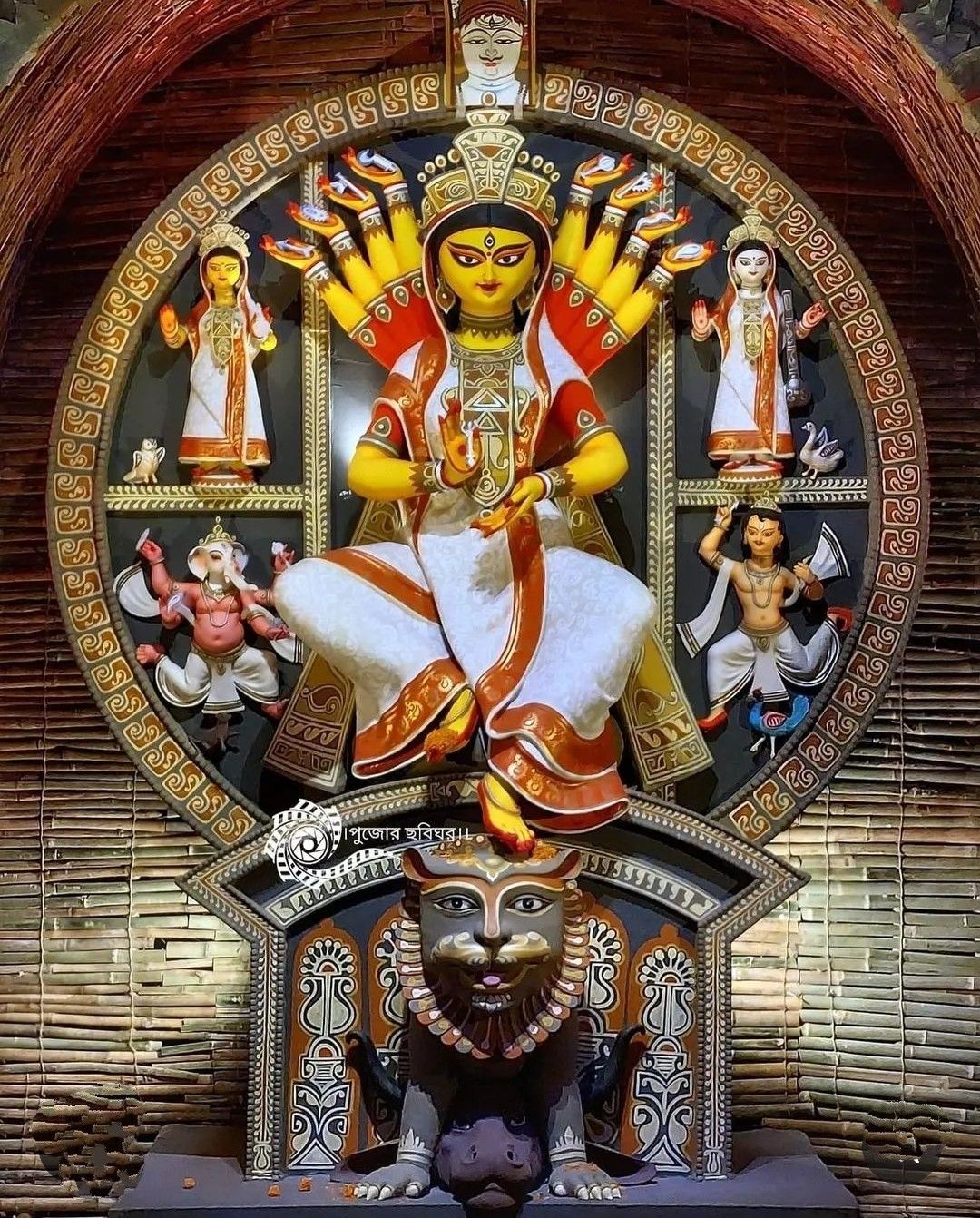Discover the significance, history, rituals, and traditions of Chaitra Durga Puja.How this festival is celebrated and its spiritual importance in Hindu culture.

Chaitra Durga Puja is a significant Hindu festival dedicated to Goddess Durga, celebrated during the Chaitra month (March-April) of the Hindu calendar. Unlike the grand celebrations of Sharadiya Durga Puja in autumn, this festival takes place in the spring and is mainly observed in eastern parts of India, particularly in West Bengal, Odisha, Bihar, and Assam. This puja coincides with Chaitra Navratri, a period of nine days dedicated to worshipping Goddess Durga and her different forms.
History of Chaitra Durga Puja
The origins of Chaitra Durga Puja can be traced back to ancient Hindu scriptures, which mention the worship of Goddess Durga during both Chaitra and Sharadiya Navratri. According to Hindu mythology, Lord Rama performed this puja before his battle with Ravana, seeking the blessings of Goddess Durga for victory. This ritual, known as “Akal Bodhan,” later gained prominence and led to the popularization of Durga Puja in different seasons. Over time, Chaitra Durga Puja became an important spiritual observance, particularly in regions where Devi worship holds great cultural significance.
Significance of Chaitra Durga Puja
The festival marks the victory of Goddess Durga over evil forces, symbolizing the triumph of good over evil. It is believed that during this time, the divine energy of Goddess Durga is most powerful, and devotees seek her blessings for strength, prosperity, and protection from negative influences. Chaitra Durga Puja also marks the beginning of the Hindu New Year in some regions, making it even more auspicious.
Rituals and Traditions
- Kalash Sthapana (Ghatasthapana): The festival begins with the ritual of Kalash Sthapana, where a sacred pot (kalash) is installed and worshipped. This marks the beginning of the puja.
- Nine-Day Worship: Devotees observe a nine-day fasting period during Chaitra Navratri, offering prayers to Goddess Durga in her different forms, including Shailputri, Brahmacharini, Chandraghanta, Kushmanda, Skandamata, Katyayani, Kalaratri, Mahagauri, and Siddhidatri.
- Chanting and Bhajans: Temples and homes resonate with devotional songs, bhajans, and mantras praising Goddess Durga.
- Kumari Puja: On Ashtami (eighth day) or Navami (ninth day), young girls (symbolizing Goddess Durga) are worshipped and offered food, clothes, and gifts.
- Havan (Yajna): A sacred fire ritual is performed to invoke divine blessings and seek protection from negative energies.
- Visarjan (Immersion): On the final day, the idol or image of Goddess Durga is immersed in water, symbolizing her return to her celestial abode.
Celebrations Across India
- West Bengal & Assam: Temples are beautifully decorated, and special pujas are conducted, drawing large crowds of devotees.
- Odisha & Bihar: The puja is observed with great devotion in temples and homes, with special bhajan sessions and community feasts.
- Northern India: Chaitra Navratri is celebrated with fasting, temple visits, and Ram Navami celebrations on the ninth day, marking the birth of Lord Rama.
Conclusion
Chaitra Durga Puja is a festival of devotion, spirituality, and cultural significance. It reminds us of the divine power that protects and guides us in times of difficulty. Whether through fasting, prayers, or community celebrations, this festival strengthens faith and brings people together in the spirit of joy and devotion.


Perfect topic choosen…at perfect timings.
Keep it up beta